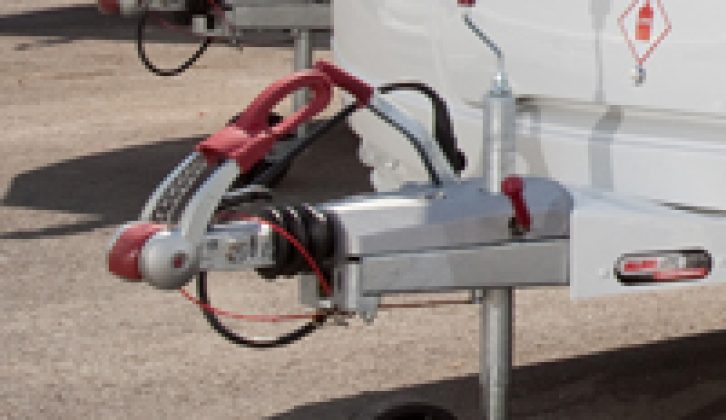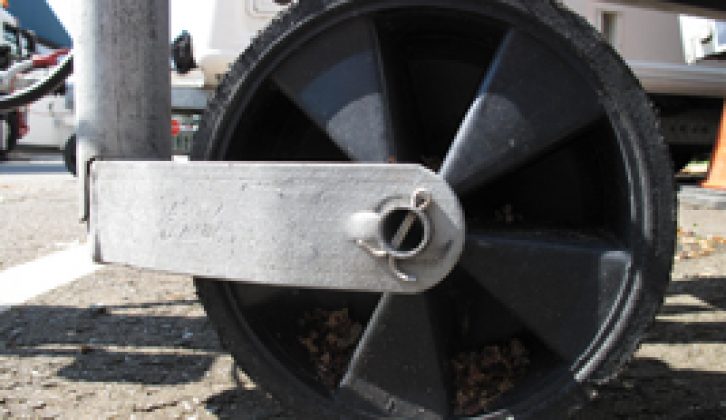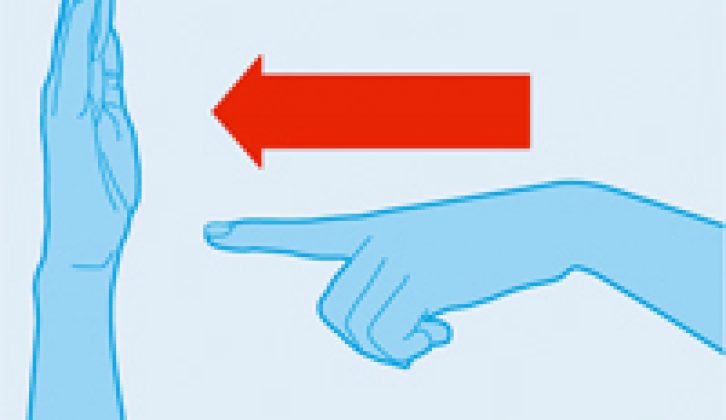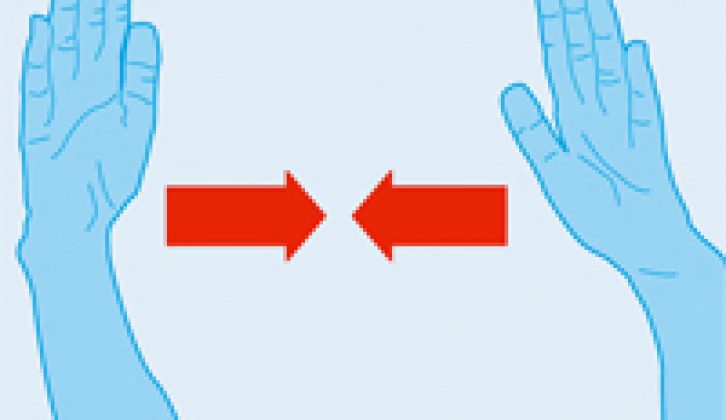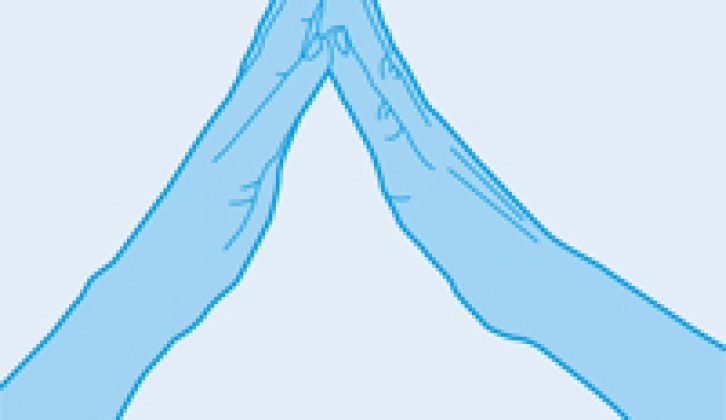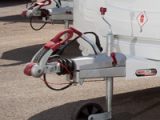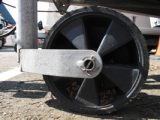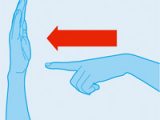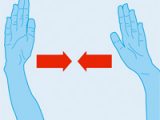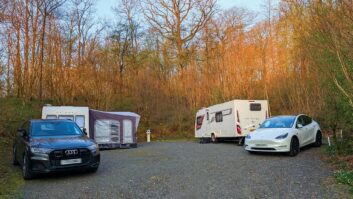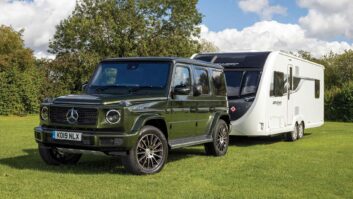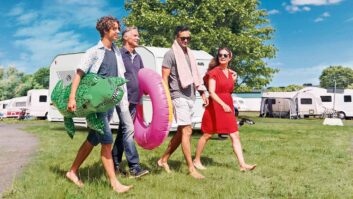Before you can hitch up your outfit, the rear of the car needs to be as close to the caravan’s nose as possible. Then you’ll need to get a second set of eyes. Doing this job solo is not impossible but it is less of a struggle if you have someone to help from behind the car. Before starting, agree with your helper on clear hand signals and spoken directions to avoid confusion.
First, use the jockey wheel to lift the nose of the van slightly higher than the car’s towball. Then get the car roughly in line with the caravan and slowly reverse towards the tow hitch, following directions from your helper, to get as close to the hitch head as possible.
[tl:gallery size=200×200]
A perfect connection
Keep in mind that anything red on an Al-Ko chassis is blue if your van is on a BPW chassis. In either case, pay attention to your…
Breakaway cable
This will activate the van’s handbrake if the van becomes detached from the car. It should be the first thing attached when hitching and the last thing off when unhitching. To attach, loop the breakaway cable around the towball and back on itself. Some towballs have a dedicated eye to attach cables. If so, the cable should be looped through the eye and back on itself, not clipped directly to it.
Handbrake
When the caravan is in position to be hitched up, apply the handbrake to prevent the van from rolling. Release it again when you are ready to tow.
Jockey-wheel winder
Use the jockey-wheel winder to lower the hitch on to the towball. A clear click is a sure sign that the towball is engaged. Ensure the hitch button has popped up to be absolutely certain. [tl:gallery size=267×200]
Look to check whether the towball is securely sitting in place. This step is essential, so don’t forget to do so.
To triple check, wind the jockey wheel back down. If the hitch has been attached correctly, the rear of the car should also rise with the van.
Hitch button
Modern Al-Ko chassis have a button that pops out to indicate the hitch is properly engaged. If you haven’t got a positive green button then it is not completely attached. BPW versions have a small gauge, which allows you to monitor the towball’s progress as it slides into place.
The vital spark
Most modern vans and cars now have single 13-pin electric plugs. Simply line up the cable socket with the car socket and connect. The lead should have enough slack to allow the caravan to turn without pulling the electrics out. However, it should not be so long that the cable drags on the ground. If it needs to be shortened, put a slight twist in the cable or use bungee cords to lift them. Do not wrap the cable around the handbrake to shorten it. In the event of an accident this may prevent the handbrake from working.
Hitting the road
The last job before heading off is to check the vans lights are functioning. Ask your helper to stand at the rear of the caravan and confirm that the indicators, brake, hazard, fog, side and reversing lights are illuminated as you activate each in turn. If any aren’t working ensure the connections between the car and van are firmly attached. If they are, a bulb may need to be replaced.
Let your hands do the talking
[tl:gallery size=200×175]
The driver can’t see the van’s hitch, so hold one arm directly over it. Use the other to point left or right until the towball lines up
[tl:gallery size=200×169]
As the towball nears the hitch, use your hands to indicate to the driver how much further back the car needs to come
[tl:gallery size=200×181]
Bring your hands together to tell the driver to stop. It’s much less of a shock for the driver than slapping the car
